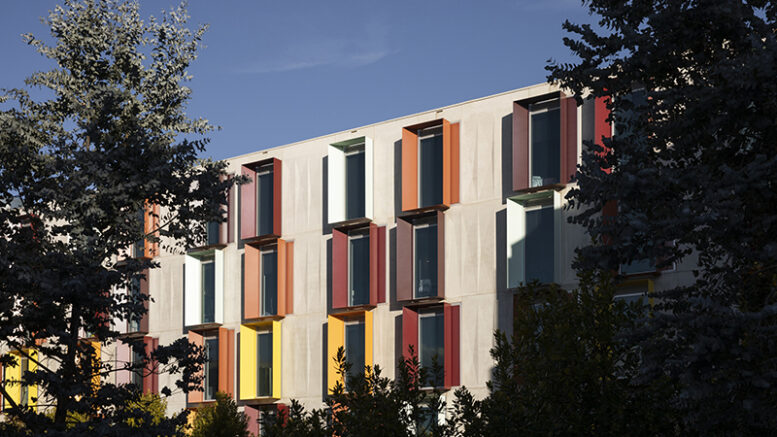London landlords could see pressure ease in parts of the rental market after more than 26,000 new student bedrooms were approved since 2021, according to research from planning consultancy Lichfields. A sharp increase in planning consents through 2024 and early 2025 marks a rare bright spot for housing delivery in a city struggling with record-low approvals for conventional homes.
Purpose-built student housing could free up rentals for professionals
Lichfields calculates that, under Greater London Authority rules, the approved purpose-built student accommodation (PBSA) equates to more than 10,500 standard homes in terms of housing need. While these rooms won’t replace affordable housing outright, a growing number of schemes now integrate affordable units. For landlords, this could shift student demand away from traditional shared houses, freeing properties for young professionals or longer-term tenants willing to pay higher rents.
“The provision of PBSA not only ensures London remains a leading destination for higher education but it could help deliver more affordable homes. It could be a win-win situation for London,” said Jonathan Hoban, Associate Director at Lichfields.
Tight rental supply keeps yields attractive
With student numbers still rising and London’s private rental market stretched thin, PBSA has emerged as one of the few viable residential developments making it through the planning system. Permissions for standard housing remain at their lowest level in a decade, prompting some landlords to bank on higher yields driven by constrained supply.
Letting agent Maria Patel, who manages properties across Camden and Islington, told us: “Every new block of student housing takes pressure off HMO landlords. It’s not going to lower rents in central London, but it could stop bidding wars on the smaller flats.”
Policy flexibility draws investor interest
Lichfields notes that City Hall’s supportive stance on PBSA has trickled down to local boroughs, with planners adopting a flexible, market-led approach on size, layout and location. While there’s no strict design-led policy, most developments follow similar standards, keeping them attractive to institutional investors and specialist operators.
The next London Plan, due in 2027, will be critical in sustaining momentum. “By maintaining a flexible approach and continuing to champion well-designed PBSA, we can ensure more schemes continue to come forward, helping to meet both student demand and the wider housing needs of London,” Hoban said.
Editor’s view
For London’s landlords, the steady stream of new PBSA is a rare example of policy aligning with market reality. By moving thousands of students into dedicated housing, it could subtly rebalance demand, allowing some landlords to reposition assets for higher-value tenants. The real question is whether the next London Plan will keep backing flexible, investor-friendly PBSA delivery-or let the momentum stall just when the rental market needs it most.








